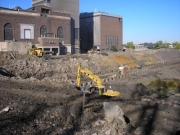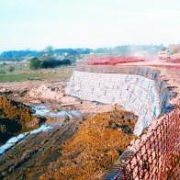Brownfield Development Offers Both Challenges and Benefits
Brownfields are properties that are contaminated with hazardous substances and pollutants that may complicate the propertiesí expansion, redevelopment, or reuse. Despite this drawback, brownfield development appears to be increasing. According to the Green Building Market and Impact Report 2010 of the GreenBiz Group, LEED resulted in an estimated 8,800 acres of brownfield reclamation in 2010 vs. 4,800 acres in the previous year. Reclaimed brownfield acres are forecast to grow to over 17,000 acres and 27,000 acres by 2020 and 2030, respectively.



